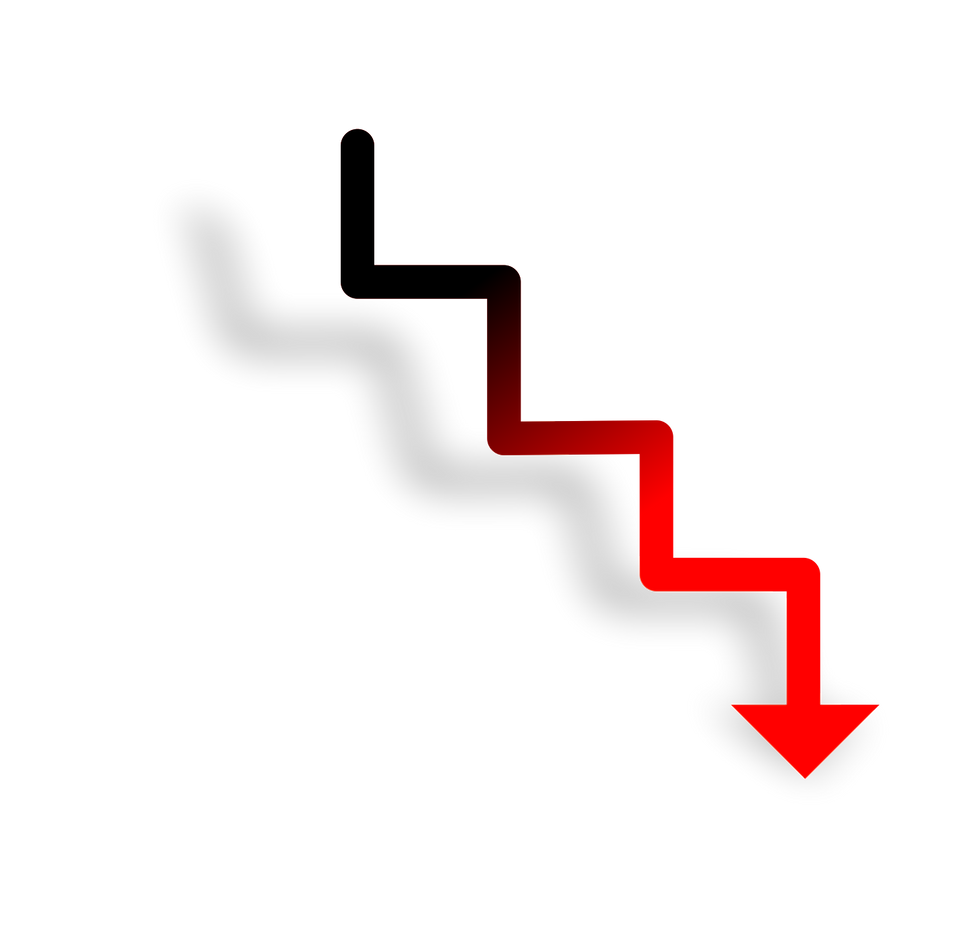The Importance of Meltblown Extrusion in Absorbent Products
- JeffS

- Jul 23
- 3 min read
Updated: Aug 10
Understanding Meltblown Extrusion

Meltblown extrusion is a crucial process in producing polypropylene microfibers. This method involves extruding molten polypropylene resin through tiny nozzles, known as meltblown spinnerets. Pressurized hot air then blows the molten material, creating super-fine fibers.
The spinnerets are made of stainless steel and are precision-engineered components in meltblown die heads. Their design is vital for producing high-quality meltblown polypropylene nonwovens. Each spinneret has a metal plate with numerous small holes for extrusion, which directly affects the uniformity and quality of the meltblown web.
Meltblown spinnerets push molten polymer through these tiny holes, forming filaments. The diameter of these holes ranges from 0.2mm to 0.3mm. High-velocity hot air stretches the filaments, reducing their diameter and forming extremely fine fibers that measure between 1 to 5 microns. These fibers are collected on a motor-driven screen or drum, entangled, and ultimately form a cohesive nonwoven web.
Hydrophobic Versus Hydrophilic Meltblown Polypropylene
Polypropylene is naturally hydrophobic, meaning it repels water-based fluids. Water has a high surface tension, causing water molecules to cling together and form a strong bond at the air-water interface. This phenomenon is why certain insects can walk on water. Oil-only (hydrophobic) sorbents can absorb oil from water because oil has a lower surface tension.
On the other hand, universal sorbents are hydrophilic, meaning they have an affinity for water. To achieve this, a surfactant (a surface-active agent) is added to polypropylene. This addition lowers the surface tension of water, allowing polypropylene to absorb it effectively.
Manufacturing of Meltblown Polypropylene Absorbents
When manufactured correctly, the texture of fine fiber meltblown polypropylene resembles soft tissue paper. In absorbent mats, the fine fiber meltblown polypropylene membrane is thermally bonded to each side of a thicker, denser layer of coarse fiber meltblown polypropylene. This construction results in a less linty and highly absorbent composite.
The combination of fine fiber meltblown polypropylene, coarse fiber meltblown polypropylene, and fine fiber meltblown polypropylene (FMF) allows for rapid absorption of both viscous and non-viscous fluids. When saturated, these mats tend to grip most surfaces, effectively removing any slick sheen.
Absorbents come in various forms, including pads and rolls. They can be constructed as single-layer or two- and three-layer composites. The densities of these products range from 130 gsm (grams per square meter) to 400 gsm. The specific composition of these materials determines their application. For more details, check out Composition determines product application.
Applications of Meltblown Absorbents
Meltblown absorbents are widely used across various industries. Their versatility makes them suitable for numerous applications, including:
Oil Spill Cleanup
In the event of an oil spill, meltblown absorbents are invaluable. Their hydrophobic nature allows them to absorb oil effectively while repelling water. This characteristic is crucial for maintaining environmental safety and ensuring efficient cleanup.
Chemical Spills
Meltblown absorbents are also effective in managing chemical spills. They can quickly absorb hazardous materials, minimizing the risk of contamination and ensuring safety in industrial environments.
General Maintenance
In factories and workshops, meltblown absorbents are essential for daily maintenance. They can soak up spills, leaks, and drips, helping to maintain a clean and safe working environment.
Emergency Response
During emergencies, having meltblown absorbents on hand can make a significant difference. Their quick absorption capabilities allow for rapid response to spills, reducing potential harm and ensuring compliance with safety regulations.
Advantages of Meltblown Technology
Meltblown technology offers several advantages that make it the preferred choice for producing absorbent materials:
High Absorbency
The fine fibers created through the meltblown process provide a large surface area, enhancing absorbency. This feature allows these products to soak up fluids quickly and efficiently.
Lightweight and Flexible
Meltblown absorbents are lightweight and flexible, making them easy to handle and deploy. Their adaptability allows them to conform to various surfaces, ensuring effective absorption in different scenarios.
Cost-Effective
The manufacturing process of meltblown absorbents is efficient, resulting in cost-effective products. This affordability makes them accessible for various industries, from small businesses to large corporations.
Eco-Friendly Options
Many manufacturers are now producing meltblown absorbents using recycled materials. This eco-friendly approach helps reduce waste and supports sustainability efforts in various industries.
Conclusion
Meltblown extrusion plays a vital role in creating high-quality absorbent products. Understanding the process and its applications can help businesses choose the right materials for their needs. By focusing on quality and efficiency, Anchor Mat aims to be the go-to global supplier for industrial and environmental distributors needing top-quality oil and chemical absorbent products, focusing on providing complete logistical solutions and expanding their worldwide distribution network.
With the right meltblown absorbents, companies can ensure safety, efficiency, and environmental responsibility in their operations.




















Comments